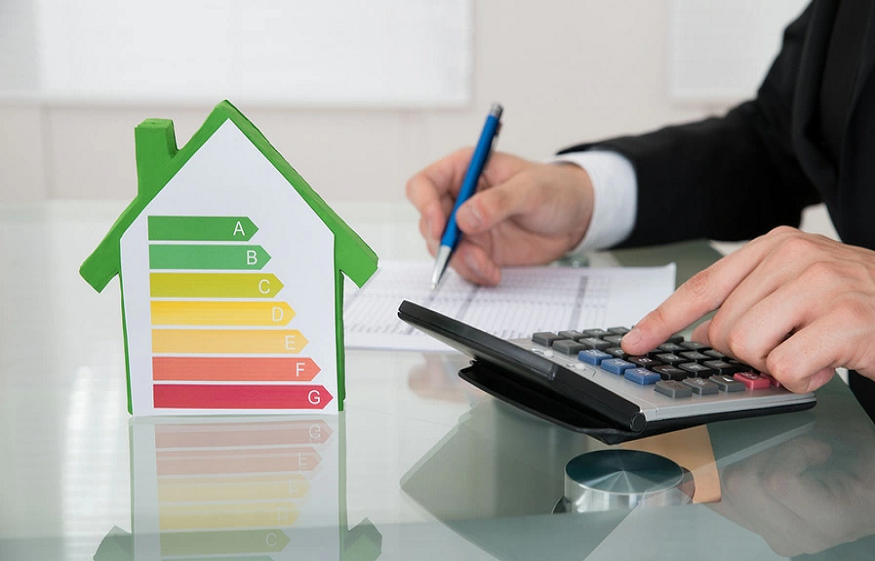In terms of real estate, the energy performance of a building is becoming an increasingly essential criterion. With the entry into force of new legal obligations, the collective energy performance diagnosis (DPE) will soon be required for all co-ownerships, whether large or small. This diagnosis, which assesses the energy efficiency of a building as well as its greenhouse gas (GHG) emissions, will play a central role in the energy transition of co-ownerships. Since 2025, this obligation has been extended to a greater number of buildings.
A complex and demanding diagnostic process
The DPE is an essential tool for assessing a home’s energy consumption and its greenhouse gas emissions. This document allows you to know whether a home is energy-intensive or, on the contrary, energy-efficient. But what about the collective DPE? It works in the same way, with a few differences. Instead of focusing on a single home, the collective DPE assesses an entire building in co-ownership , including individual homes and common areas.
As part of the collective DPE, a certified diagnostician examines the energy performance of the entire building. This global diagnosis provides an overview of the building’s energy performance , from the quality of its insulation to the efficiency of its heating and cooling systems. Following the diagnosis, an energy class is assigned to the building , from A (very economical) to G (very energy-intensive). This assessment can then guide co-owners in making decisions regarding possible energy renovation work .
History and progressive extension of the obligation of the collective DPE
The collective DPE is not a new product in itself: it was introduced for the first time by the Grenelle 2 law in 2010. Initially, this obligation only concerned co-ownerships of less than 50 lots, equipped with collective heating or cooling systems. For co-ownerships of more than 50 lots, a more detailed energy audit was required.
However, with the Climate and Resilience Act of 2021 , the legislative framework for the collective DPE has been considerably strengthened and extended. Since January 1, 2024, co-ownerships of more than 200 lots are now required to carry out a collective DPE …, but this is only the beginning! This obligation will in fact gradually expand to include almost all co-ownerships.
Here are the steps:
January 1, 2025 : the collective DPE becomes mandatory for co-ownerships of 50 to 200 lots, whether they are for residential, professional or commercial use.
January 1, 2026 : all co-ownerships with fewer than 50 lots will also have to comply with this obligation.
Eventually, all collective residential buildings for which a building permit was issued before 1 January 2013 will have to have a valid collective DPE. This marks a significant change in the way in which co-ownerships are managed, with increased attention paid to the energy performance of buildings .
A complex and demanding diagnostic process
Although it is based on the same principles as the individual DPE , the collective DPE presents specific challenges, due to the collective nature of the building assessed. The diagnostician uses the 3CL method (calculation of conventional consumption of housing) to carry out the necessary calculations, but the process is more complex in co-ownership.
This professional can choose between the following two options:
Based on a representative sample of dwellings . If this option is chosen, the observations made are extrapolated to the rest of the building. This choice may influence the results of the diagnosis, hence the importance of providing a representative sample and sufficient relevant information.
The condominium trustee plays a key role in this process. He must provide the diagnostician with detailed information on collective equipment , such as heating and cooling systems, as well as on the exterior envelope of the building (roof, floors, interior partitions, etc.). If the trustee is unable to provide this information, the diagnostician will have to perform default calculations , which could penalize the final score of the collective DPE.
The essential role of the trustee and the real estate diagnostician
The condominium trustee is on the front line for carrying out the collective DPE. He must not only select a certified real estate diagnostician, accredited by COFRAC (French accreditation committee), but also ensure that this professional has all the information necessary to carry out an accurate diagnosis. As for the real estate diagnostician, he is a building professional, specialized in the evaluation of energy performance and other diagnoses, such as the presence of asbestos, lead or termites.
Co-owners should be aware that the cost of the collective DPE can vary considerably depending on several factors: number of lots in the co-ownership, complexity of heating and cooling systems, or even location of the building. According to the French Environment and Energy Management Agency (ADEME), the price of the collective DPE is generally between €1,000 and €4,000. This wide price range reflects the diversity of situations encountered in co-ownerships.

